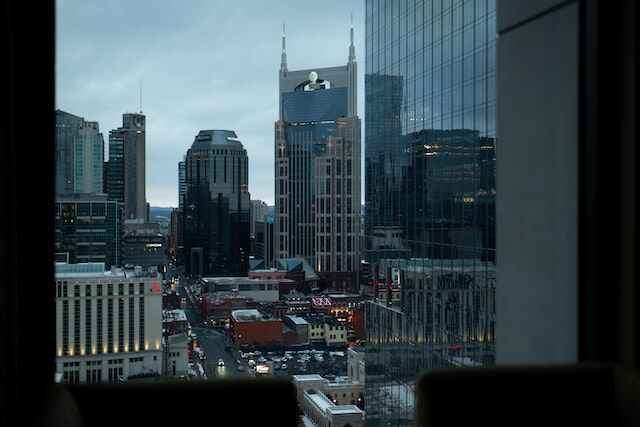How to Use Smart City Technology to Measure Social Distancing?
Ever since COVID-19 has shaken the world awake into a dreadful pandemic, governments across the globe have been struggling to stop its spread. Since no vaccines have yet been developed, the coronavirus can only stop if people stop meeting with each other. Therefore, social distancing is the primary solution to the growing pandemic and will be the norm for at least the next few months.
The coronavirus has badly hit most major urban areas in the United States, Europe, Asia, and Australia. Strict lockdowns were imposed in most countries at the beginning of the year. However, how do governments enforce these measures without being brutal to citizens? The simple answer is – Smart City Technology.
Smart City Tech and Managing Social Distancing
Smart city technology is not limited to CCTV cameras anymore. It extends to drones, IoT, AI-based surveillance, and self-reporting apps. All of these are being used actively by smart city governments to track the level of social distancing observed in their cities ever since the pandemic gained momentum.
In Newcastle, pedestrian sensors have generated data that allowed the Newcastle University team to conclude that pedestrian traffic was reduced by 95% compared to the usual annual numbers. Similarly, automatic plate recognition cameras enabled the same set of researchers to find that vehicle traffic has fallen by over 50% during the pandemic.
South Korea used a central coronavirus tracing hub called the smart city data hub for contact tracing. This elaborate system provided officials with data about a coronavirus patient’s movements and recent meetings. Cameras and other sensors located across the country were the sources of all this data. Using this system, the country became quite successful in curbing the pandemic.
In India, similarly, several smart cities are using innovative ways of contact tracing. A central government app for monitoring people’s symptoms was made mandatory for citizens in the country’s worst-affected regions. Cities like Pune have utilized smart traffic cameras to track people’s movement both on foot and via vehicles.
Also Read: How Coronavirus Will Change the Parking Industry
Social Distancing the Smart City Way
Taking cues from data like this, the government can judge the success of their social distancing orders. If then, there is a need for stricter enforcement, they can employ law officials or tighter surveillance. CCTV cameras and drones can be used for monitoring the actual distance between people leaving their homes. These surveillance methodologies can also extend to contact tracing or AI-based temperature management.
Surveillance isn’t a smart city’s only option. Governments can also automate several manual or construction tasks that are inevitable even during the pandemic. Drone-based delivery practiced by private companies can be utilized by city governments too. Similarly, small repair works that otherwise require human intervention should be taken care of by drones or robots.
The aim of this pandemic is to ensure that people contact each other as less as possible. An effective way to do that is to eliminate traffic congestion by keeping smart parking spots open. Empty or recreational spaces near supermarkets, landmarks, or offices, can be transformed into smart parking lots. Doing this will allow people to wait in their vehicles instead of poorly managed queues.
Smart city technology is revolutionary in tracking residents’ behavior during the pandemic. Governments must remember that knowledge is the way to solve and to know they need to adopt smart city tech efficiently. Of course, any “smart city” is truly smart only when its citizens cooperate. Since most people realize the graveness of the pandemic, cooperation should not be challenging to attain. When utilized adequately, smart city tech will prepare our world better for the next crisis, no matter how close or far it may be.

